RNN的前向传播
16 Mar 2018 | deep-learning |循环神经网络(RNN)与普通的神经网络相比,循环神经网络能够记住上一次的信息,就是在隐藏层输入的时候,不仅仅接受来自与x的输入,还接受来自于上一次隐藏层的值。
常见的RNN示意图:
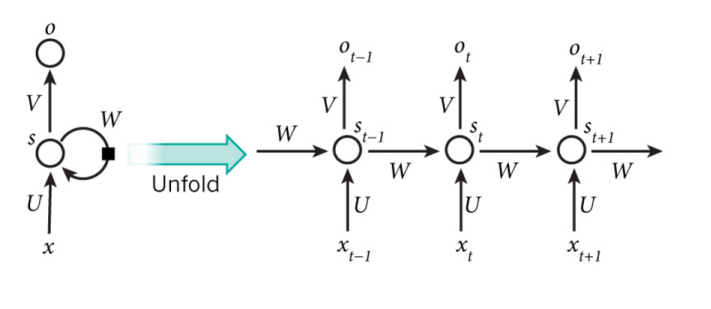
其中的U是输入与隐藏层之间的权重矩阵,W是隐藏层以隐藏层之间的权重矩阵,V是隐藏层与输出层之间的权重矩阵。
一个标准的RNN模型如图所示:
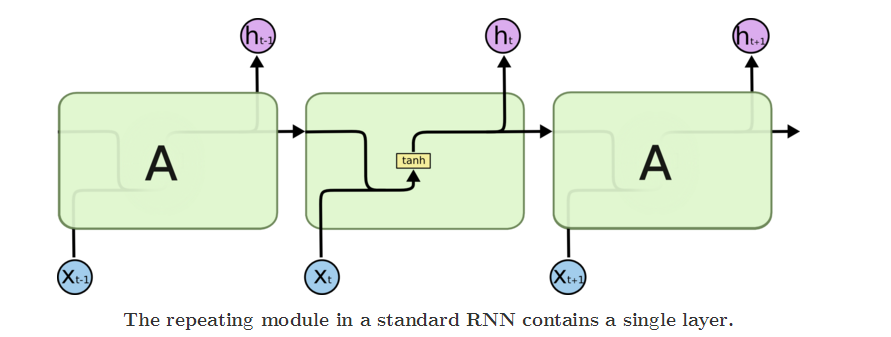
主要计算入下:

为了更好的理解执行过程,我画了一个RNN前向传播的流程执行图。首先输入经过嵌入层embed,然后再经过隐藏层,隐藏层输入当前的状态值s_t,然后再经过softmax输出。
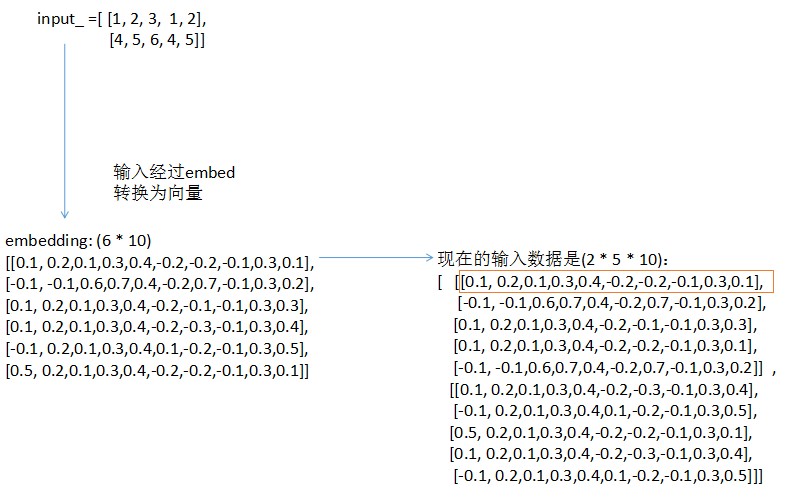
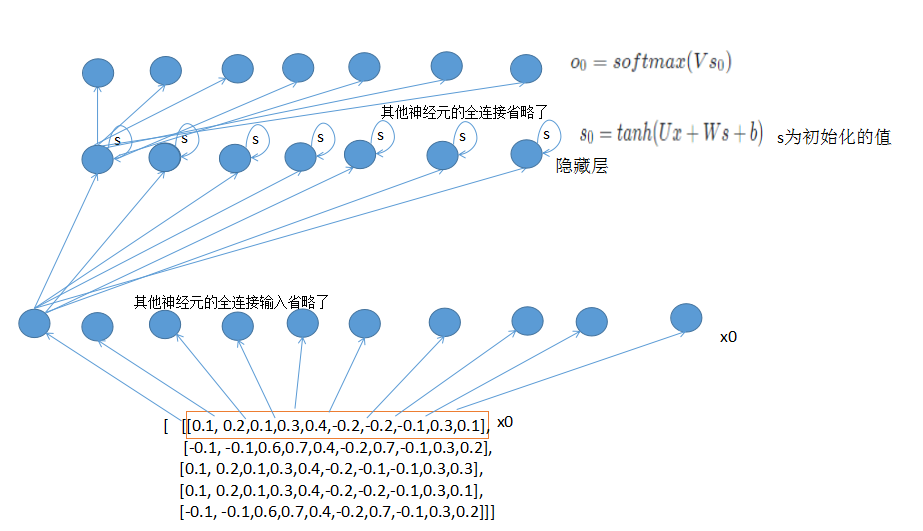
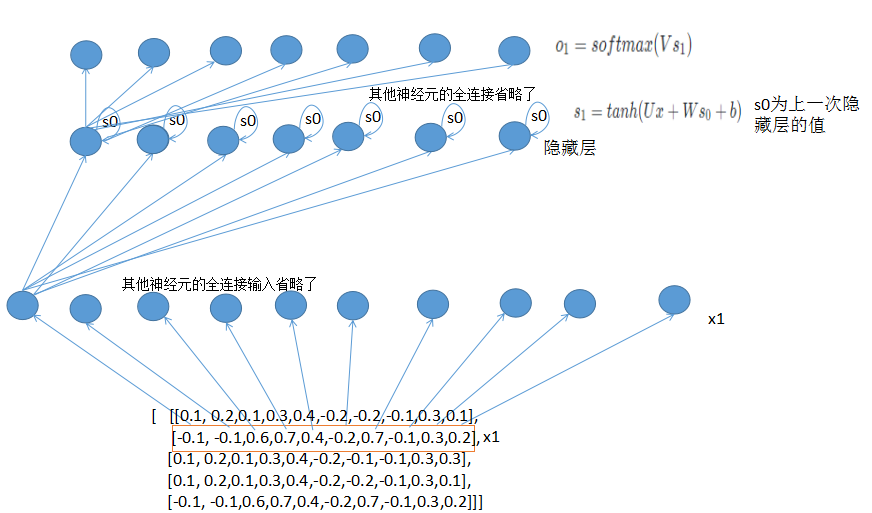
RNN前向传播的代码:
def forward_propagation(self, x):
# The total number of time steps
T = len(x) #输入的总长度
# During forward propagation we save all hidden states in s because need them later.
# We add one additional element for the initial hidden, which we set to 0
s = np.zeros((T + 1, self.hidden_dim))
s[-1] = np.zeros(self.hidden_dim)#初始化隐藏层的值,一般为0
# The outputs at each time step. Again, we save them for later.
o = np.zeros((T, self.word_dim))
# For each time step...
for t in np.arange(T):
# Note that we are indxing U by x[t]. This is the same as multiplying U with a one-hot vector.
s[t] = np.tanh(self.U[:,x[t]] + self.W.dot(s[t-1]))#每次隐藏层的输入包括当前x的输入和上一次隐藏层的值
o[t] = softmax(self.V.dot(s[t]))#隐藏层经过全连接和softmax层后输出
return [o, s]
更好的博文请参考:
Recurrent Neural Networks Tutorial, Part 2 – Implementing a RNN with Python, Numpy and Theano
The Unreasonable Effectiveness of Recurrent Neural Networks
上面的文章写的真的很棒哦~